Growing apples in your own orchard can be a rewarding experience, but it requires knowledge and dedication. From the initial planting to ongoing maintenance, every step is crucial for a healthy and productive harvest.
Whether you’re a seasoned gardener or a beginner, understanding the essentials of apple cultivation is key. In this article, we’ll explore five essential tips that will help you successfully grow apples in your orchard, ensuring your trees thrive and yield the best possible fruit.
Table of Contents
Key Takeaways
- Mulching is a critical practice for conserving soil moisture, regulating temperature, and suppressing weeds, which benefits the overall health of apple trees.
- Pruning fruit trees not only shapes their growth but also improves sunlight penetration and air circulation, leading to better fruit quality and reduced disease risk.
- Testing the soil provides valuable information on nutrient levels and pH balance, enabling you to make informed decisions about fertilization and amendments for optimal tree growth.
- Thinning fruit and supporting branches prevent overburdening the tree, ensuring larger and healthier apples, and reducing the risk of limb damage.
- Promptly identifying and treating diseases and pests is vital for maintaining a healthy orchard and protecting your apple crop from potential threats.
1. Mulch
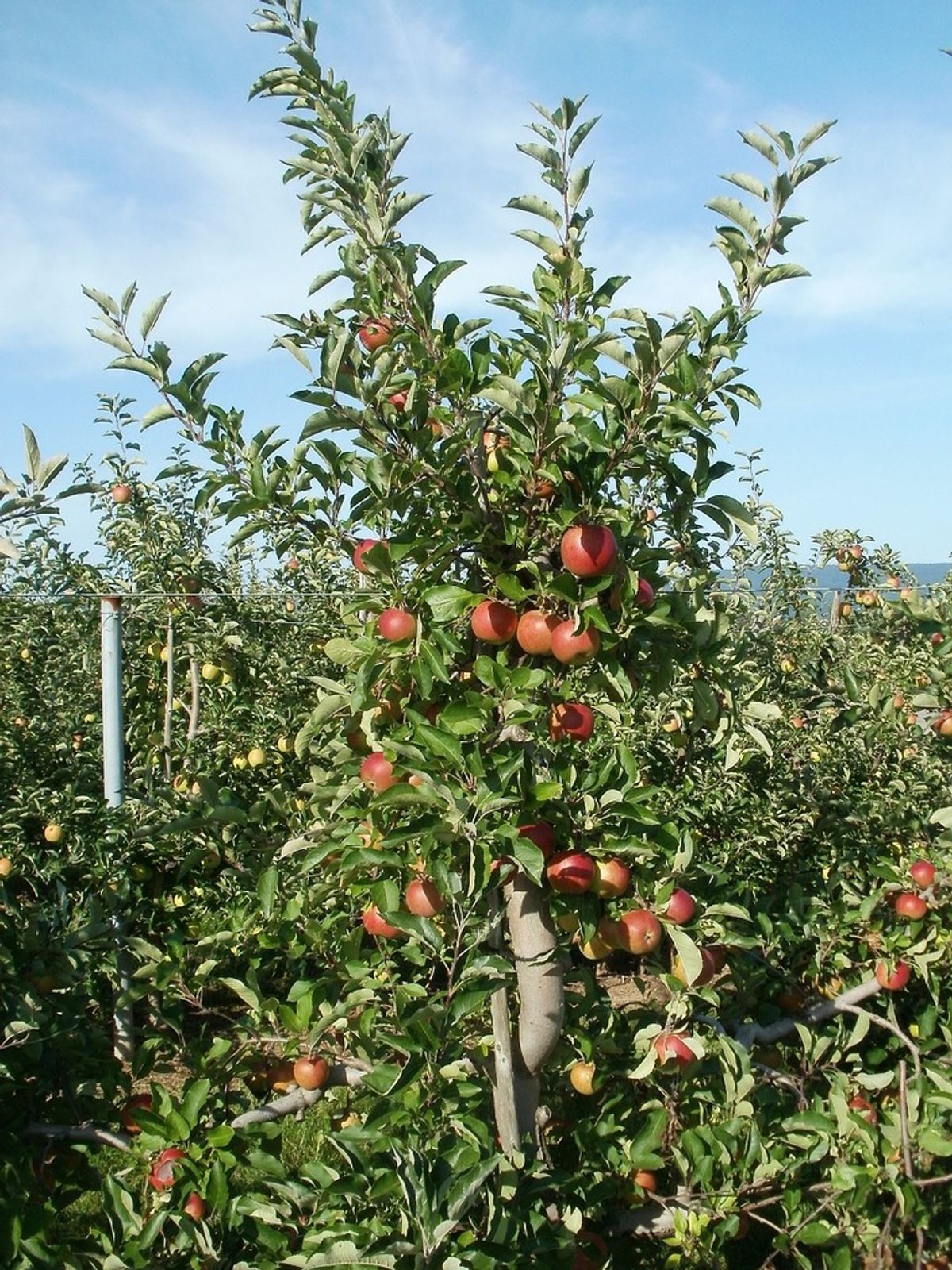
Applying mulch is a fundamental step in maintaining a healthy orchard. Mulch improves the fertility and health of the soil, ensuring that your apple trees have the nutrients they need to thrive. It’s important to apply mulch after planting and to replenish it during the spring and fall seasons.
Mulch serves multiple purposes: it retains moisture, suppresses weed growth, and as it decomposes, it enriches the soil with essential nutrients. To achieve this, spread a layer of mulch about 3 inches deep around each tree, extending out to a 3-foot diameter. Be cautious not to place the mulch too close to the base of the tree to prevent rot.
Choose organic mulch sources like straw, shredded leaves, or wood chips, and avoid those treated with chemicals. Regularly check and replenish the mulch to maintain its benefits throughout the year.
Remember, mulching not only conserves moisture and controls weeds but also protects the soil from temperature fluctuations, which can be particularly harmful during the freeze-thaw cycles of winter.
2. Prune Fruit Trees
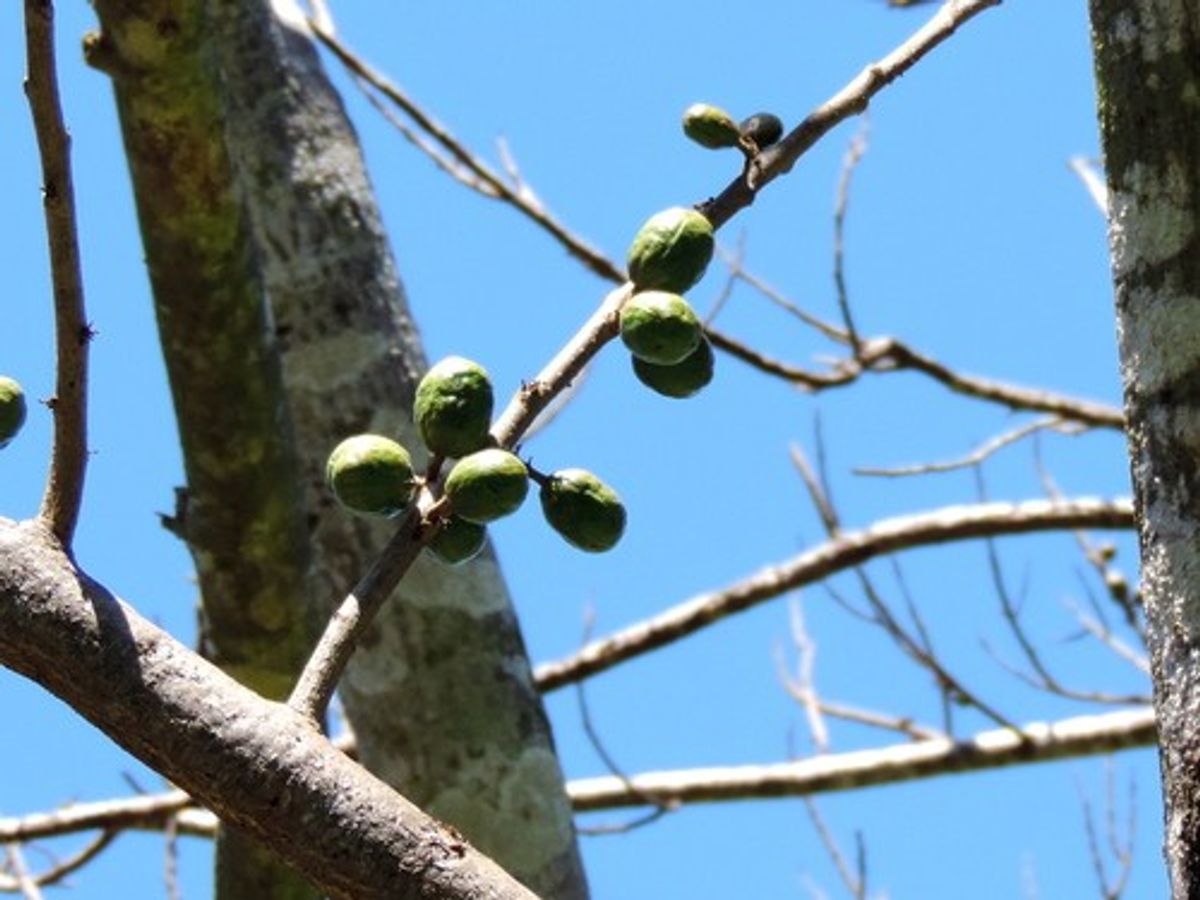
Pruning is a critical step in maintaining a healthy and productive apple orchard. Winter is the ideal time to prune, as trees are dormant and it’s easier to see the structure of the branches. A well-pruned tree not only has improved air circulation and sunlight penetration but also encourages the growth of more flowers and fruit.
When pruning, start by removing any damaged, diseased, or crossing branches. This helps to prevent the spread of pathogens and promotes better airflow throughout the canopy. Establishing a central leader or an open-center shape is crucial, depending on the tree’s natural growth habit.
Make clean cuts just above a bud or lateral branch. If you’re unsure about the pruning process, seek advice from local experts.
Here are some steps to guide you through pruning your apple trees:
- Inspect the overall shape and structure of the tree.
- Remove any branches that are damaged, dead, or diseased.
- Aim to create one central leader for young trees to establish a strong structure.
- Prune mature trees annually for size control and to maintain tree health.
Remember, while pruning is essential, avoid excessive cutting. Use sharp tools for clean cuts and follow the guidance of local horticultural experts to ensure the best results for your orchard.
3. Test the Soil for Successfully Growing Apples in Your Orchard
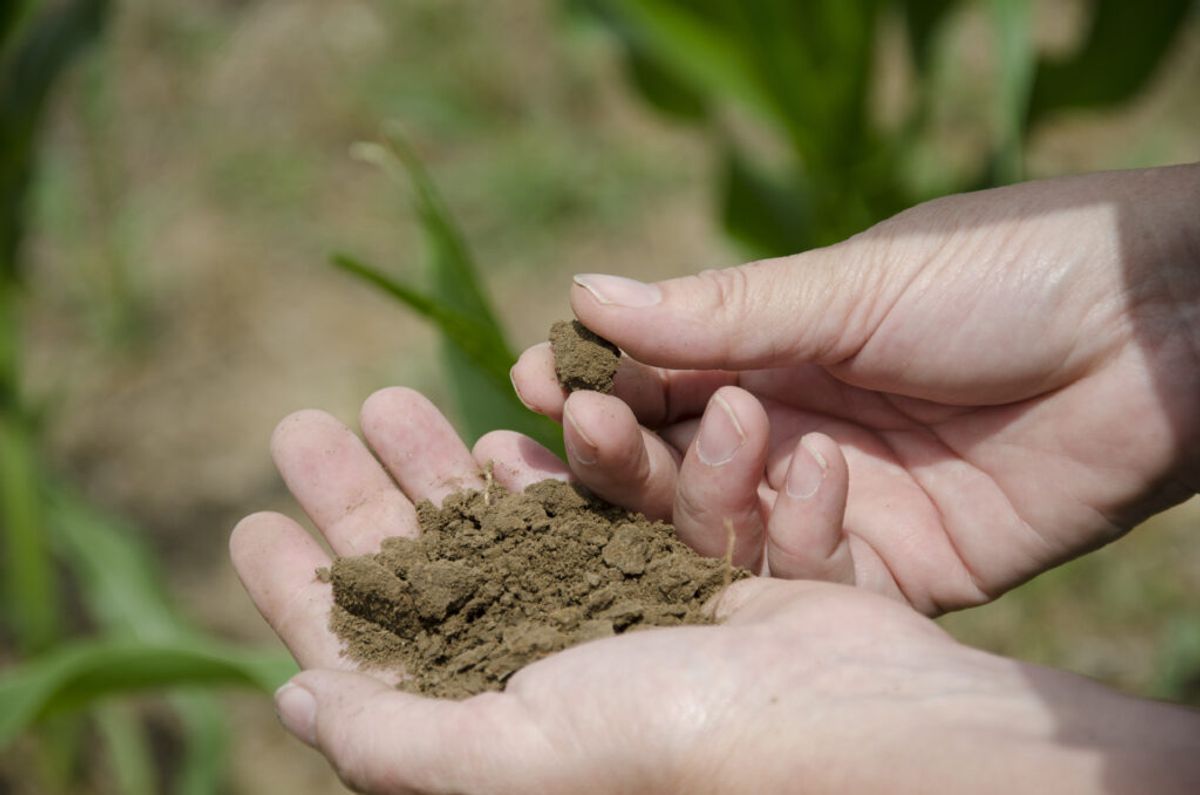
Understanding the composition of your soil is crucial for the success of your apple orchard. Soil tests are essential as they reveal the levels of nitrogen, phosphorous, and potassium, as well as the pH level of your soil. With this information, you can make informed decisions on how to amend your soil for optimal tree growth and fruit production.
To ensure your apple trees have the best chance to thrive, consider the following steps: Obtain a soil test kit or contact your State Extension Office for testing. Amend your soil based on the test results, using the appropriate fertilizers or enhancements. Aim for a soil pH between 6.5 and 7.5, which is ideal for most fruit trees.
If your soil test indicates poor drainage, consider planting your trees in raised beds to promote better water penetration and prevent pooling. Remember, well-drained soil with a sandy, loamy texture is key for healthy apple trees. Adjusting your soil’s pH and nutrient levels can make a significant difference in your orchard’s productivity.
4. Thin Fruit & Support Branches
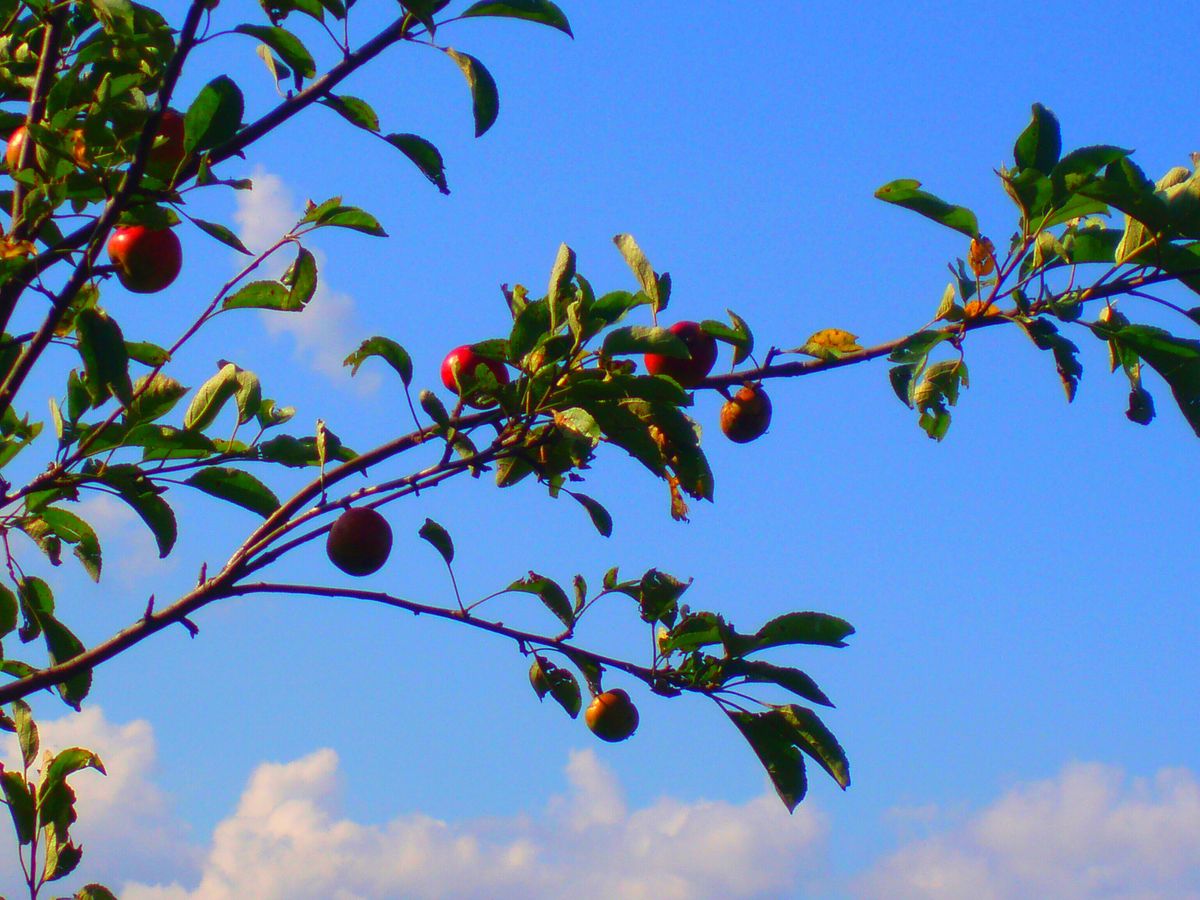
Thinning fruit is a crucial step in managing an orchard. By selectively removing some of the developing fruit, you allow the remaining fruit to grow larger and healthier. Overcrowded fruit clusters can lead to poor air circulation and increase the risk of disease. It’s not just about the quantity; thinning improves the overall quality of the fruit.
Supporting branches is equally important to prevent damage. As trees mature and bear weight, branches may sag or even break. Using stakes or trellises can help distribute the weight and protect your trees from storm damage. Here’s a simple guide to thinning and supporting:
- Inspect trees in spring and remove excess fruit.
- Support sagging branches with stakes or trellises.
- Ensure proper air circulation by thinning clusters.
Remember, a well-thinned and supported tree is less likely to suffer from limb damage and will produce better quality fruit. Thinning is not just about fruit reduction; it’s a strategic move to enhance the tree’s health and the fruit’s flavor.
5. Treat any Diseases
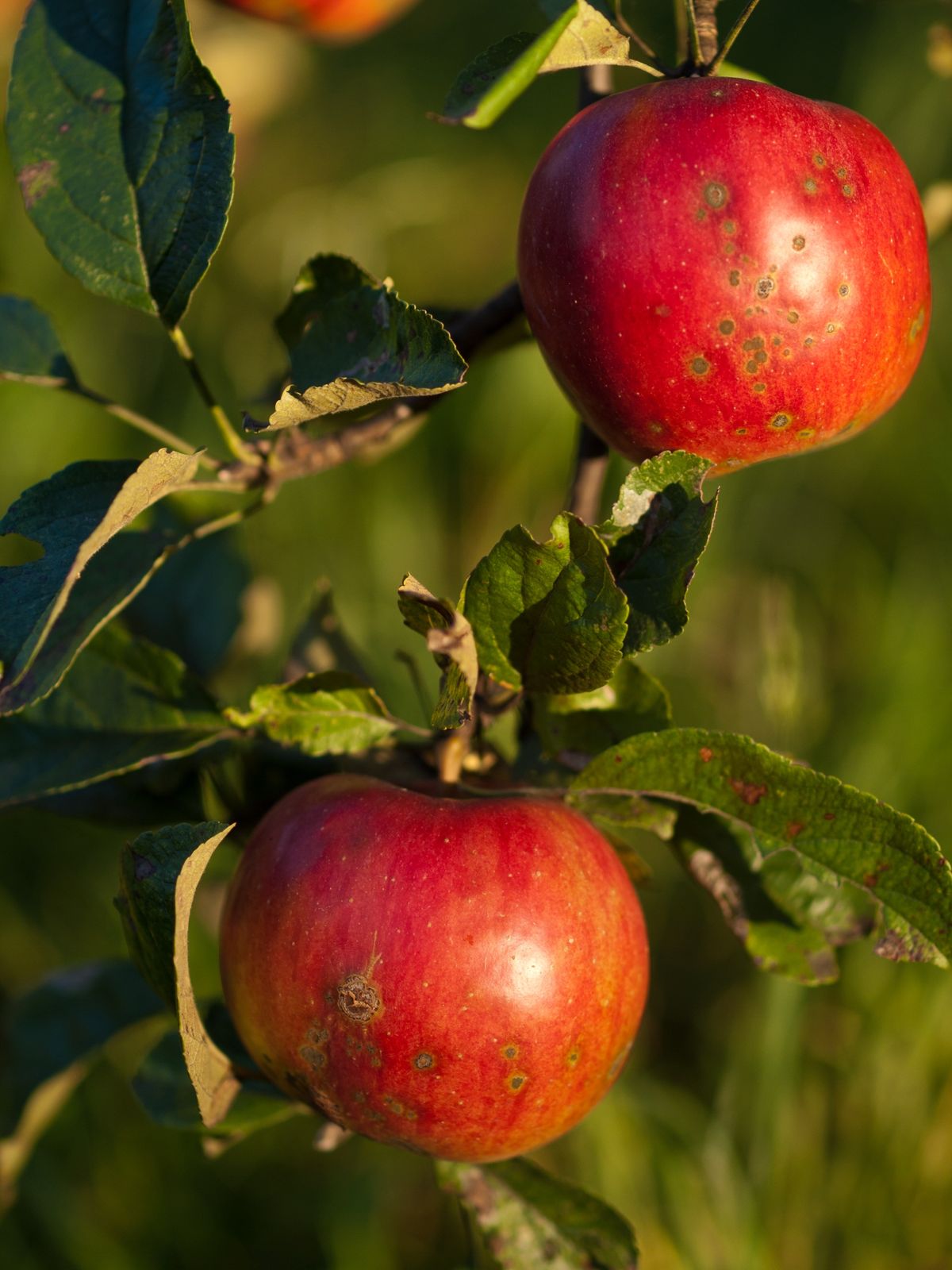
Keeping a vigilant eye on your apple trees is crucial for disease management. Act swiftly if you observe any signs of distress, such as spots on leaves or oozing from the trunk, which may indicate fungal infections or pest infestations.
In Zone 5, apple trees face threats from diseases like apple scab, fire blight, and cedar-apple rust, as well as pests such as aphids, scale insects, and codling moths. A proactive approach is essential to safeguard your orchard.
Regular monitoring and incorporating organic pest control measures are key to maintaining a healthy orchard environment.
Here are some common diseases and the recommended timing for treatment:
- Apple Scab: Begin treatment at green tip stage.
- Fire Blight: Apply preventive sprays during bloom.
- Cedar-Apple Rust: Treat when orange galls are visible on juniper.
Remember, the timing of fungicide applications is critical. For instance, for Powdery Mildew, sprays should begin at the tight cluster bud stage and continue until new shoots are no longer susceptible.
5 Tips and Techniques for Growing Eggplant: From Seed to Plate
Cultivating Zucchini: Tips for a Successful and Abundant Harvest
Step-by-Step to Growing Bell Peppers in Your Garden
Mastering the Art of Growing Carrots: Tips for a Bountiful Harvest



Thank you I loved it